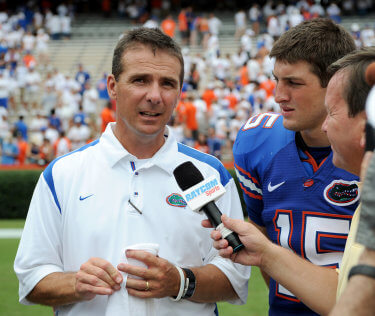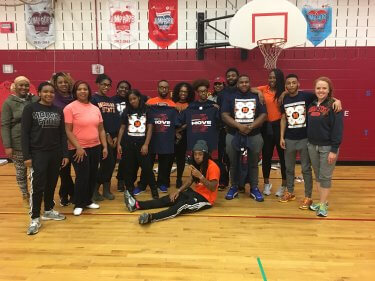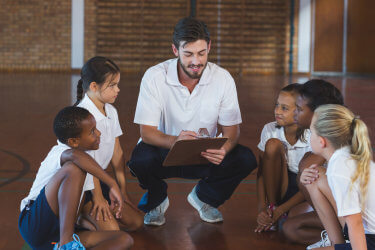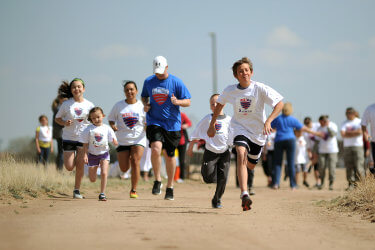To get 50 million school-aged students actively participating in physical education and physical activity by 2029, it’s vital we engage America’s youth in the planning of physical education programs. Designing challenging, relevant, and exciting learning experiences to promote student learning and interest is the key to getting young people to embrace our content. We must seek student input on activities that interest and excite them, then develop motivating experiences and teaching strategies that best facilitate their learning. Then based on this knowledge, we can choose appropriate assessments that allow teachers to effectively provide evidence of learning.
Investigating how to successfully do all these things is critical for us to move forward keeping the needs of young people at the center of our work. As teachers must do more than seek student voice into program design and activity choices; we need to seek, listen to, act upon, and then engage our students in the design process.
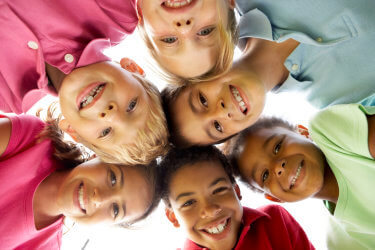
Young people are social, independent, have a desire to belong, feel competent, and be part of a group. Our physical and health education programs must engage them in ways that empower them to participate in and influence the direction of their own learning, gain self-confidence, self-reliance, resilience and a greater capacity to make lifelong choices. When asking young people what they have gained from actively participating in physical education and influencing their own program decisions it would be positive for them to say, “I felt my voice was heard”, “It became our program and one we want to engage in”, or “I enjoyed giving my opinion and working with my teachers to design a program that meets my needs.”

